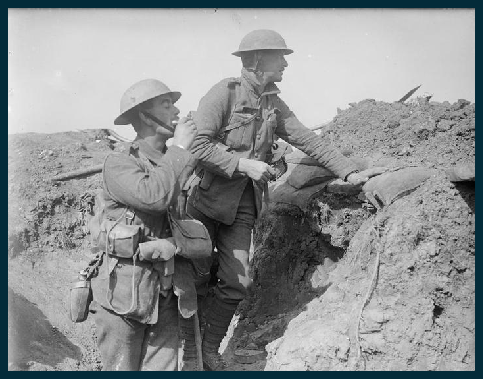Copyright © All rights reserved.



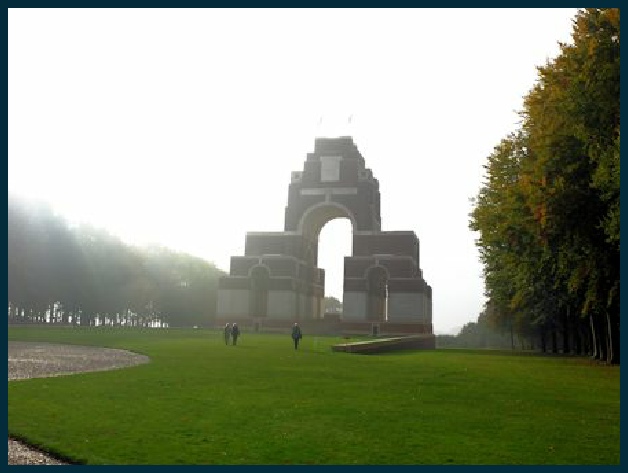
G. Ernest Kirby
During the attack Ernest was killed, along with 2Lt E A Naish, 2Lt A J Maybrey, 2Lt L N Thornton and 2Lt F Gleave. 2Lt T A Street, 2Lt J MacDonald and 2Lt H Wilcox were wounded. 11 Other Ranks were killed, 58 wounded and 70 were posted missing.
His body was never recovered from the battlefield, or identified, and he is listed on the Thiepval Memorial to the Missing, on Pier and Face 5A and 5B.
On 5th August 1916 the Malton Messenger reported:
MALTON OFFICER REPORTED MISSING
SECOND-
A GALLANT CHARGE & THE SEQUEL
Much sympathy will be felt for Mrs W. Kirby, market Place, Malton and her family in their present anxiety as to the fate of Second-
The first intimation which the mother of the young officer received from the War Office was the following telegram:
Regret to inform you that Second-
Then followed a letter from Lieut.-
I very much regret to have to tell you that your son is missing. He was last seen on the early morning of the 23rd inst., gallantly leading his men against the German trenches. Our men were stopped by the very heavy German fire and did not gain the enemy’s trenches. I regret to say a sergeant states that he saw your son struck by a shell. Of course if I hear any further news, I will at once write you. Your son made a most gallant charge to try and take the trench. He was a splendid and brave officer and very popular with his brother officers and the men under him. May I offer you my very sincere sympathy.
Second-
He was a fine all-
Mrs Kirby is naturally awaiting further news with anxiety, and we feel sure that readers will join in the wish that it may report the safety of her brave and accomplished son.
George Ernest Kirby is commemorated on the Thiepval Memorial. He is also remembered on the Malton town memorial and the memorial in St Michael’s Church.
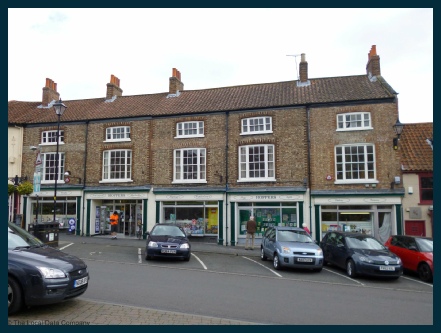
George Ernest Kirby was the third son of William and Priscilla (nee Lightowler) Kirby who were married at All Saints, Falsgrave, Scarborough on 30 Jul 1882.
He was born on 19th November 1891 in Malton and baptised on 20th December 1891 at St Michael’s New Malton by Revd. G. A. Firth. William and Priscilla initially lived on Market Street, next door to the Green Man where William’s father Robert had set up his watchmaking business when he moved to Malton from Hull. William had worked for him as an apprentice and after Robert’s death took over the firm. As the firm did well and the family grew, he and Priscilla together with their eight children moved to 56 Market Place (now, part of Hopper’s).
1901 Census -
William Kirby, Head, Married, Male, 1844, Watchmaker, Malton, Yorkshire
Priscilla Kirby, Wife, Married, Female, 1863, -
William Kirby, Son, Single, Male, 1884, Watchmaker's Apprentice, Malton, Yorkshire
Clara Kirby, Daughter, Single, Female, 1885, -
Harry Kirby, Son, Single, Male, 1887, Watchmaker's Apprentice, Malton, Yorkshire
George Ernest Kirby, Son, Single, Male, 1892, -
Annie Kirby, Daughter, Single, Female, 1893, -
Gladys May Kirby, Daughter, Single, Female, 1895, -
Florence Kirby, Daughter, Single, Female, 1897, -
Albert Victor Kirby, Son, Single, Male, 1898, -
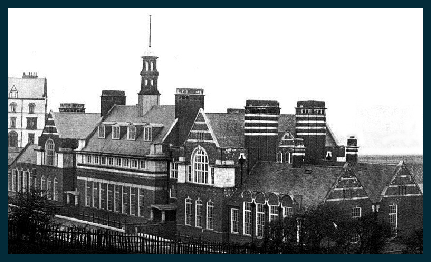
Ernest became a chorister at St Michael’s church and, to start with, attended the Malton National School, before gaining a scholarship to the prestigious Municipal School at Scarborough.
Returning to the National School, Malton, he gained a Training College Scholarship and proceeded to Bristol University where he gained the degree of Bachelor of Science.
Moving to the Imperial College of Science and Technology, London, he was awarded the diplomas “Associate of the Royal College of Science”, and “Fellow of the Royal School of Mines” after which he joined the staff of the Imperial College of Science and Technology on the recommendation of Bristol University.
At Bristol he had also participated enthusiastically in the wide range of sports available and this did not change when he moved to London: He was a fine all-
William had died unexpectedly on Christmas Day 1905 and by 1911 Priscilla, assisted by Ernest’s older brother Harry had taken over the family business.
1911 Census - 56 Market Place Malton, Malton, Yorkshire, England
Priscilla Kirby, Head, Widow, Female, Watchmaker and Jeweller, 1863, Yorks New Malton
Harry Kirby, Son, Single, Male, Watchmaker and Jeweller, 1887, Yorks New Malton
Gladys May Kirby, Daughter, Single, Female, Dressmaker, 1895, Yorks New Malton
Florrie, Kirby Daughter, S, Female, Teacher Private School, 1897, Yorks New Malton
Albert Victor Kirby, Son, -
1911 census -
John Henry Hudson, Head, Single, Male, Farmer, 1883, Yorks Burythorpe
Carrie Strangeway, Niece, Single, Female, Housekeeper Domestic, 1893, Yorks Burythorpe
William Brown, Servant, Single, Male, Farm Servant Waggoner On Farm, 1892, Yorks Burythorpe
George Ernest Kirby, Visitor, Single, Male, Student College, 1892, Yorks New Malton
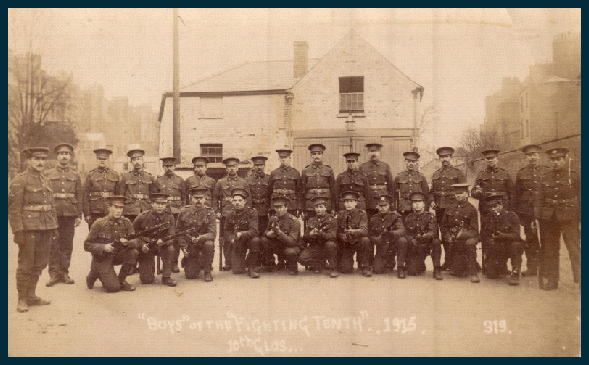
After the outbreak of war he was gazetted Second-
His choice of regiment may well have been influenced by his time at Bristol. The 10th was a New Army Battalion of the Gloucestershire Regiment,formed at Bristol in September 1914 and attached as Army Troops to 26th Division. Initially they trained on Salisbury Plain but by November 1914 they were in billets in Cheltenham. They returned to Salisbury Plain in April 1915 and in August they mobilised for transfer to France, arriving there on 8th August 1915. They were swiftly moved to the area of Loos and in September took part in the Battle of Loos, suffering considerable casualties.
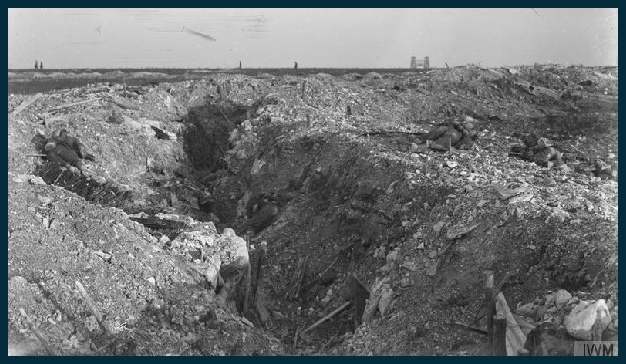
He arrived in France on 22nd March 1916 and joined the battalion in the area of Loos.
This was a mining area dotted with spoil heaps and planned villages for mine workers. The battalion was alternating between weeks in frontline trenches at the Double Crassier (a huge pair of spoil heaps which dominated the landscape round Loos) and support in cellars in South Maroc, one of the numerous miners’ “cites” just south of Grevay.
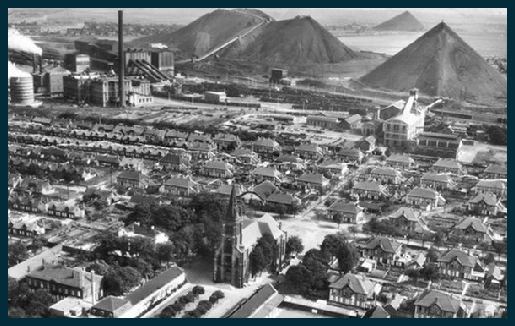
When they were in reserve they were billetted at Les Brebis, a residential area for mine workers.
A captain in 26 London Regiment billeted there in January 1916 wrote “We are billeted in Corons – that is a miners colony – a little village of miners cottages set out in a square round a church, managers house &c -
In May they moved a few miles west and were based in cellars at Petit Sains while serving in the front line at Calonne south of Bethune, but in June they were back at Double Crassier and the Divisional Reserve billets at Les Brebis.
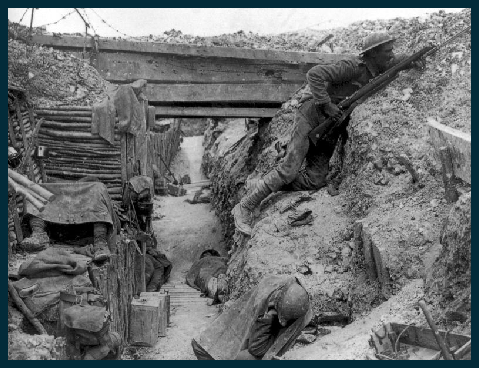
The 1st Division was moved to the Somme joining the III Corps. On 5th July The Battalion were moved from the rest billets at Barlin and sent by train to Naours. arriving at Albert on 9th July and moved up to the front line near Fricourt on the 10th. The Battalion War Diary comments: “Moved up to the lines at the DINGLE about a mile north of FRICOURT and came into Brigade support. The ground occupied has only just been won from the enemy and was strewn with corpses between four and five hundred of which we buried”.
After tours of duty at the front and in Brigade Reserve at Becourt Wood the Battalion was moved to the front near Shelter Wood, north on Fricourt on 19th July, and engaged in digging a new line in front of Bazentin-
